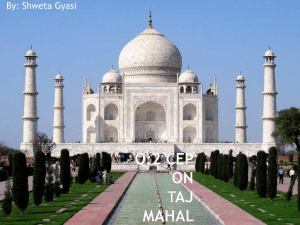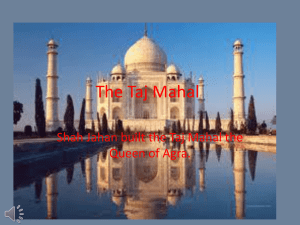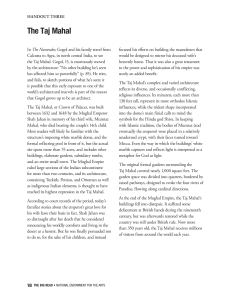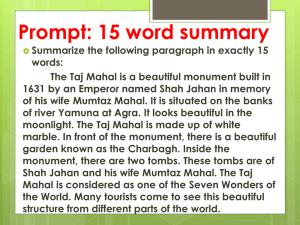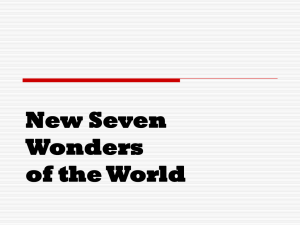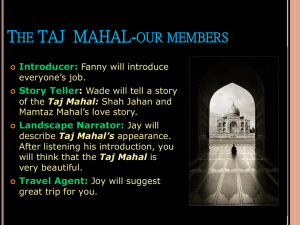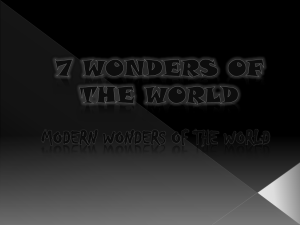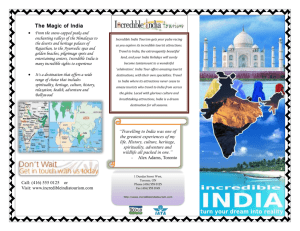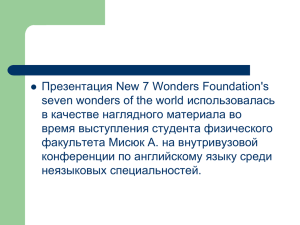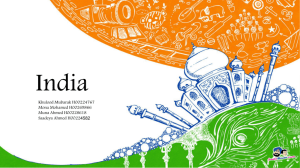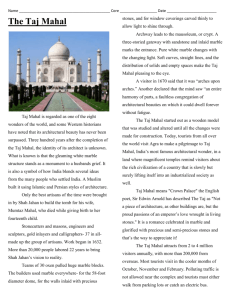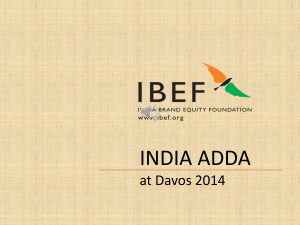Indian art was heavily influenced by religion. Hinduism, Buddhism
advertisement
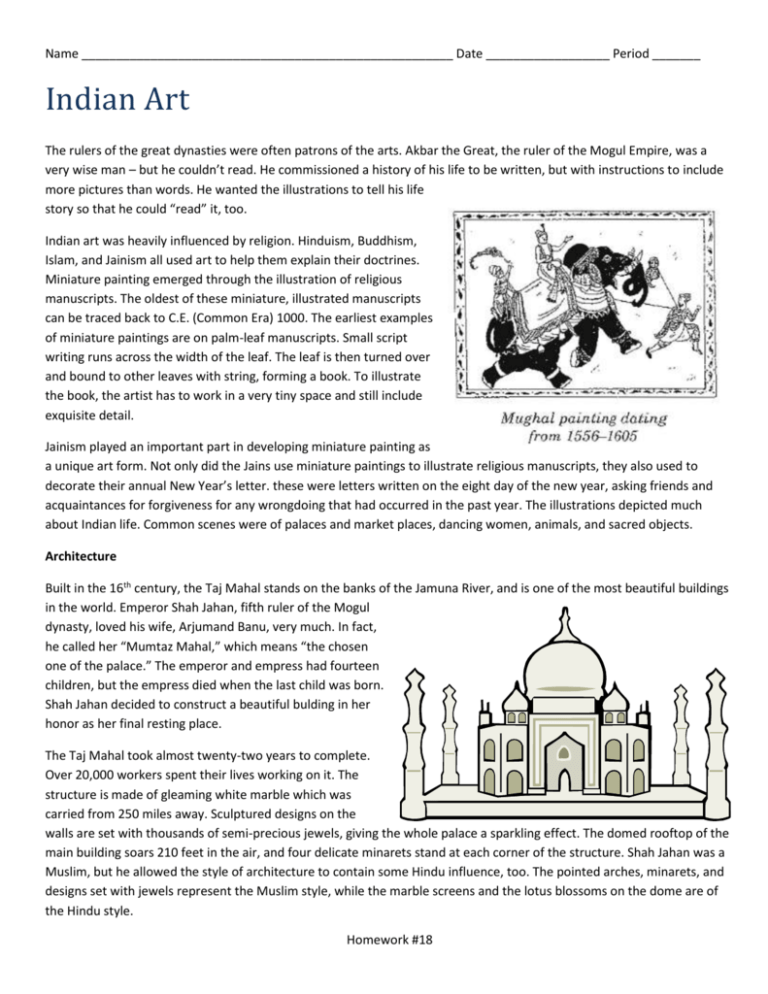
Name ______________________________________________________ Date __________________ Period _______ Indian Art The rulers of the great dynasties were often patrons of the arts. Akbar the Great, the ruler of the Mogul Empire, was a very wise man – but he couldn’t read. He commissioned a history of his life to be written, but with instructions to include more pictures than words. He wanted the illustrations to tell his life story so that he could “read” it, too. Indian art was heavily influenced by religion. Hinduism, Buddhism, Islam, and Jainism all used art to help them explain their doctrines. Miniature painting emerged through the illustration of religious manuscripts. The oldest of these miniature, illustrated manuscripts can be traced back to C.E. (Common Era) 1000. The earliest examples of miniature paintings are on palm-leaf manuscripts. Small script writing runs across the width of the leaf. The leaf is then turned over and bound to other leaves with string, forming a book. To illustrate the book, the artist has to work in a very tiny space and still include exquisite detail. Jainism played an important part in developing miniature painting as a unique art form. Not only did the Jains use miniature paintings to illustrate religious manuscripts, they also used to decorate their annual New Year’s letter. these were letters written on the eight day of the new year, asking friends and acquaintances for forgiveness for any wrongdoing that had occurred in the past year. The illustrations depicted much about Indian life. Common scenes were of palaces and market places, dancing women, animals, and sacred objects. Architecture Built in the 16th century, the Taj Mahal stands on the banks of the Jamuna River, and is one of the most beautiful buildings in the world. Emperor Shah Jahan, fifth ruler of the Mogul dynasty, loved his wife, Arjumand Banu, very much. In fact, he called her “Mumtaz Mahal,” which means “the chosen one of the palace.” The emperor and empress had fourteen children, but the empress died when the last child was born. Shah Jahan decided to construct a beautiful bulding in her honor as her final resting place. The Taj Mahal took almost twenty-two years to complete. Over 20,000 workers spent their lives working on it. The structure is made of gleaming white marble which was carried from 250 miles away. Sculptured designs on the walls are set with thousands of semi-precious jewels, giving the whole palace a sparkling effect. The domed rooftop of the main building soars 210 feet in the air, and four delicate minarets stand at each corner of the structure. Shah Jahan was a Muslim, but he allowed the style of architecture to contain some Hindu influence, too. The pointed arches, minarets, and designs set with jewels represent the Muslim style, while the marble screens and the lotus blossoms on the dome are of the Hindu style. Homework #18 Name ______________________________________________________ Date __________________ Period _______ Shah Jahan intended to have another burial palace built for himself across the Jumna River. This was to be of black marble and joined to his wife’s palace by a silver bridge. Jahan died before work could begin and was entombed next to his wife in the Taj Mahal. The room where the two bodies lie is as cool and dark as the outside is bright and white. Originally, the room was walled in gold with strings of pearls hanging above the caskets. The gold and pearls have been stolen by thieves, but the precious jewels inlaid in the caskets still remain. 1. What has had a major influence in Indian Art? __________________________________________________ 2. Why does religion use art? __________________________________________________________________ 3. How could pictures improve a written book? ___________________________________________________ 4. What is the Taj Mahal? _____________________________________________________________________ 5. Which decorations on the Taj Mahal are of Muslim design? ________________________________________ _______________________________________________________________________________________ 6. Which decorations on the Taj Mahal are of Hindu origins? _________________________________________ 7. What happened to the gold and pearls that used to be in the resting place of Shah Jahan and his wife? ____ _______________________________________________________________________________________ 8. Why would anyone steal form a gravesite? _____________________________________________________ Homework #18
